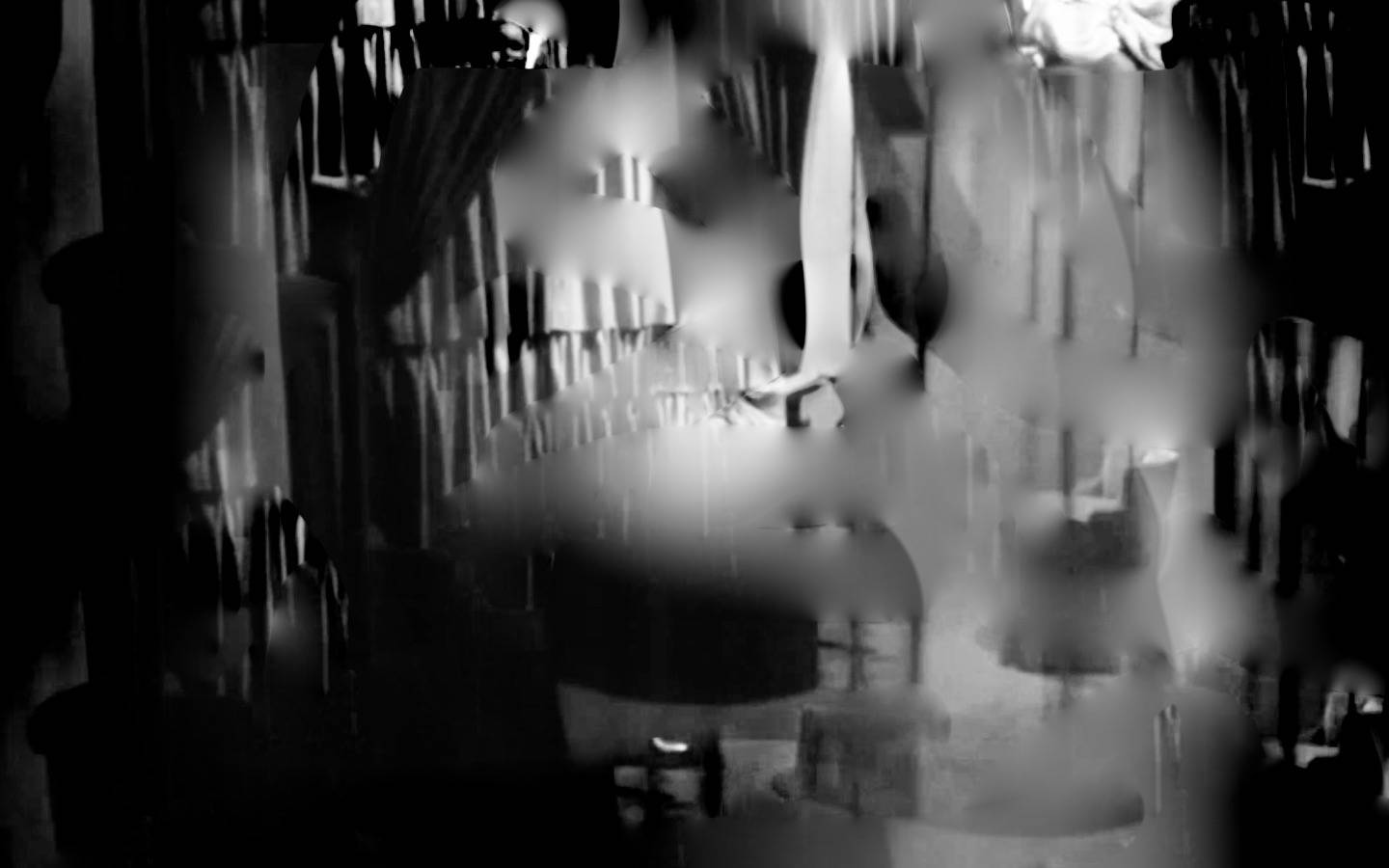Felix Guattari was a modernist. He not only liked a lot of modernist artists, but his ‘aesthetic paradigm’ found its generative diagram in modern art. The most important aspect of this diagram was its insistenceon the production of the new, the way it produced a utopian projectionof a ‘people to come’, and so a politics whose only horizon was thefuture. Also important for Guattari’s diagram of the ‘modern’ were the forces of abstraction, autonomy and immanent critique. Together these elements construct an artwork that is radically singular and separate, composed of a-signifying, a-temporal and invisible forces, sensations that go beyond our human conditions of possibility. In this Guattari’s modernism must be understood as being quite different from his co-option by contemporary art theorists influenced by post-Operaist thought. Post-Operaism understands politics as ‘being-against’, a dialectical form of negation that finds its political condition of possibility in what already exists. Because such thought sees modern art as being entirely subsumed by the institutions and markets that containit, art itself must be negated in order for aesthetic powers to become political. This has lead post-Operaist thought to align itself strongly withthe avant-garde positions of institutional-critique and art-into-life, or‘non-art’. Guattari’s modernism takes him in a very different direction, affirming modern art despite its institutional enframing, because art is forever in the process of escaping itself. This makes modern art the model in Guattari’s thought for politics itself.
taken from here
Foto: Sylvia John

